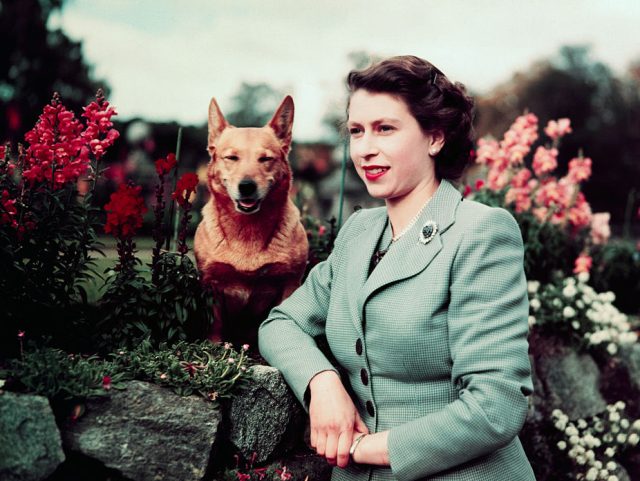Just days after celebrating her Platinum Jubilee, Queen Elizabeth II of the United Kingdom passed another major milestone, becoming the second longest-reigning monarch in known history at 70 years and 127 days.
Queen Elizabeth II, who acceded the throne upon the death of her father George VI on February 6th 1952 became the second-longest reigning monarch in certified history Monday when she overtook Thai King Bhumibol the Great, who died in 2016. She has been the longest-reigning British monarch since 2015, when she overtook Queen Victoria.
Thousands Line Mall to Cheer Queen Elizabeth II on Platinum Jubilee https://t.co/ULAAB0yNim
— Breitbart London (@BreitbartLondon) June 2, 2022
At a considerable 70 years and 127 days, Elizabeth II is only now behind France’s Louis XIV, who reigned for 72 years and 110 days from his accession in May 1643 when he was just four years old. Elizabeth II was quite a lot older when she became Queen at 25, but has enjoyed a long life and while she is now starting to withdraw from high-profile Royal duties as her mobility suffers the impacts of old age, she is nevertheless at 96 several years off the 101 years old achieved by her mother, who died in 2002.
The Queen will become the longest-ever reigning monarch of a sovereign state in May 2024, the BBC notes.
While rising life expectancies can take some credit for two of the three longest-reigning monarchs having lived this century, the chances of another one being seen — particularly in the UK — seem remote. Prince Charles, the heir apparent, is now 73 years old and barring some serious scientific advances him seeing a 70-year reign seem remote.
Elizabeth II celebrated her Platinum Jubilee earlier this month, a celebration of 70 years on the throne. While the United Kingdom enjoyed a four-day weekend in honour of the occasion, there were military parades and parties in London, as well as a cathedral service in thanks. While the Queen withdrew from several planned events at the last moment due to health issues, she made two appearances on the balcony at Buckingham Palace to greet well-wishers.
While Queen Elizabeth is known worldwide as the ‘British’ monarch of the United Kingdom, she is in fact the head of state of several countries which elected to keep the monarchy in the post-British Empire world. As well as the nations that were known as Crown Dominions — self-governing areas of the British Empire — of Canada, Australia, and New Zealand, other countries where Elizabeth II is head of state today are in order of population Papua New Guinea, Jamaica, Solomon Islands, the Bahamas, Belize, Saint Lucia, Grenada, Saint Vincent and the Grenadines, Antigua and Barbuda, Saint Kitts and Nevis, and Tuvalu. These states are today known as Commonwealth Realms.
WATCH: Four-Day Celebration of Queen's 70 Years on Throne Commences with Military Parade https://t.co/U5wYAwiwo6
— Breitbart London (@BreitbartLondon) June 2, 2022

COMMENTS
Please let us know if you're having issues with commenting.